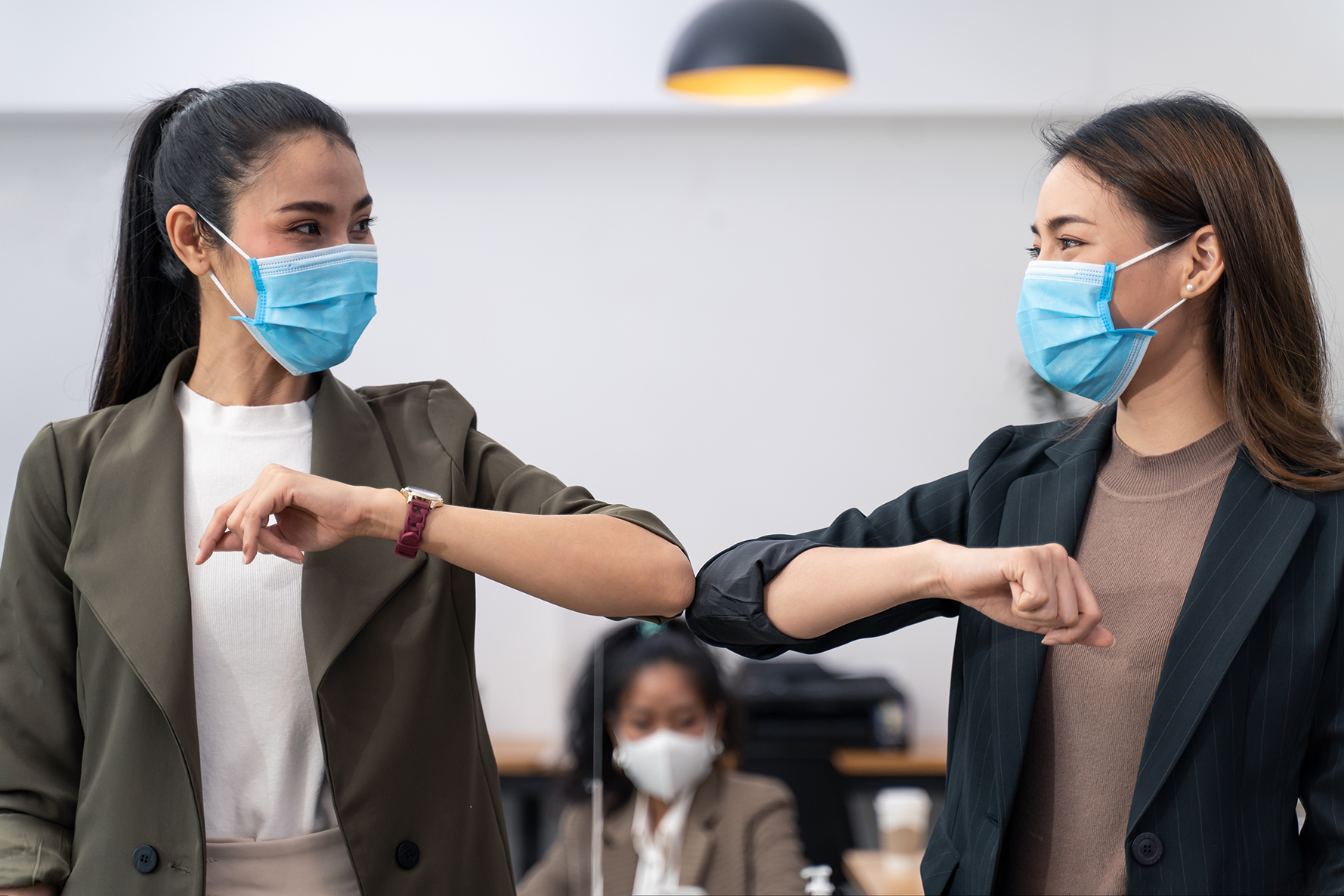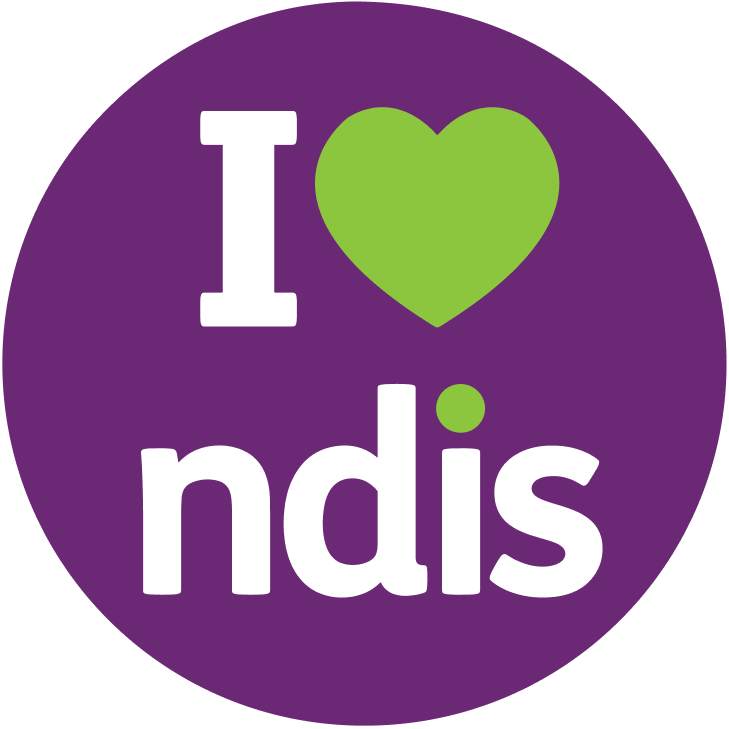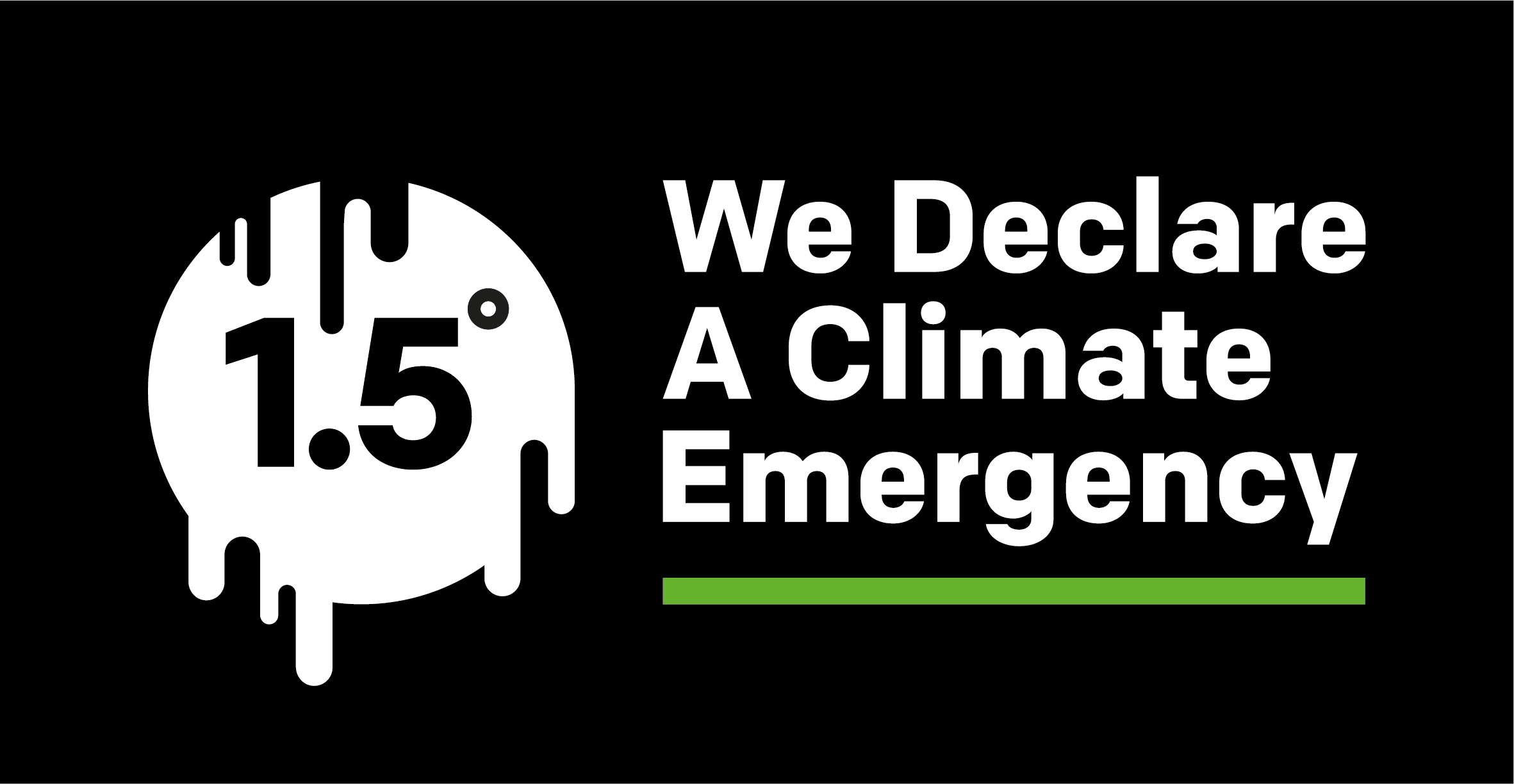Team Meeting Guide: for AHAs and AHPs
The Team Meeting Guide ensures the client’s Allied Health Professional can identify tasks suitable for the Allied Health Assistant to undertake.
Last updated 10th January 2022


What is a Team Meeting?
The role of an allied health assistant (AHA) is to support the work of allied health professionals (AHPs) by undertaking a range of less complex allied health tasks, both therapeutic and non-therapeutic.
For an AHA to be able to safely and effectively implement the tasks assigned to them, they need to work within clearly defined parameters set by the client’s AHP. The client’s goals and interventions should be captured and clearly outlined and this requires ongoing contact between AHP and AHA.
The Team Meeting is a handover session which allows the team to get to know each other, demonstrate therapy tasks, and ask follow-up questions.
- The Team Meeting is usually a joint session where the AHA attends the AHP’s regular session with the client.
- If this is not possible, the Team Meeting can be an online discussion between the AHP and AHA – it is optional for the client/client’s carer to be present.
Regardless of the format, the Team Meeting form must be completed. At the end of the team meeting, all team members should understand:
- What the AHA will work on independently with the client
- What the AHA will do if they have questions or concerns
- How often the AHA will update the AHP
What happens during a Team Meeting?
The Team Meeting is centred around the Team Meeting form. Prior to the Team Meeting, we ask the client/client’s carer to provide background information.
During the Team Meeting, the AHP and AHA will complete and discuss the client’s therapy goals, therapy plan and risk assessment. The format and frequency of ongoing communication is also discussed. The AHP should decide how frequently ongoing communication is to occur.
Going forward, the AHA can refer to this document when they commence independent sessions with the client.
For examples of what will be discussed during the Team Meeting, please see the sample Team Meeting Forms:
After the Team Meeting
The AHA will finalise the Team Meeting Form and share the completed version with the client/client’s carer, the AHP and Fora. This gives all parties the opportunity to make sure the new AHA has correctly understood the tasks they will be working on with the client.
After the Team Meeting, the AHA and the client/client’s primary carer can book independent sessions and begin working on the tasks identified for the AHA.
Ongoing communication
Regular communication is essential to the AHA working successfully within the team. During check-ins:
- the AHA can report back on how sessions are progressing
- the AHP can help the AHA troubleshoot any issues
- the AHP can make adjustments to the therapy plan
- the AHP can demonstrate new therapy activities to be implemented, the AHA can try these with the client and the AHP can provide feedback, and
- the AHP can share resources
The format and frequency of ongoing communication are discussed at the Team Meeting. We recommend the following arrangement.
- After each session that the AHA has with the client, with the client’s/client’s carer’s permission, the AHA should email their progress notes to the client’s AHP. The client/client’s carer will have access to these notes already via their Fora account.
- In addition to this, the AHA and AHP should have regular check-ins. This typically looks like joint sessions, where the AHA attends the AHP’s regular session with the client.
- The frequency of check-ins may vary over time. For example, they may begin more frequently while the AHA is learning new skills before reducing in frequency.
- If joint sessions are not suitable, check-ins may occur via video or phone call.
So what can ongoing communication look like in practice?
Example of ongoing communication in Speech Therapy
- The AHA emails their progress notes to the Speech Pathologist and the client’s carer after every session. The AHA includes their questions within the email.
- The Speech Pathologist emails back with feedback on the AHA’s progress notes and answers to the AHA’s questions.
- For the first month, the AHA attends the Speech Pathologist’s regular, 1-hour session with the client every fortnight.
- After this, the AHA attends the Speech Pathologist’s regular session every 4-6 weeks.
Example of ongoing communication in Occupational Therapy
- The AHA emails their progress notes to the Occupational Therapist and the client’s carer after every session.
- Every 4-6 weeks, the AHA attends the Occupational Therapist’s regular, 45-minute session with the client at school. They spend 15 mins discussing changes made to the therapy plan, and 30 minutes with the AHA observing the Occupational Therapist demonstrate new therapy activities.
Example of ongoing communication in Physiotherapy
- The AHA emails their progress notes to the Physiotherapist and client after every session. The AHA includes their questions within the email.
- The Physiotherapist emails back with feedback on the AHA’s progress notes and answers to the AHA’s questions.
- Every 3-4 weeks, the Physiotherapist and the AHA have a video call.
Frequently asked questions
Yes, therapy handovers are acceptable if participants feel that it is unsafe to conduct in-person sessions, and/or all parties agree.
These sessions can be conducted via Google Hangouts or your preferred software, i.e. FaceTime, Zoom, etc.
If you would like assistance setting up telehealth, please feel free to give us a call on 1800 921 422.
We work with the client and their family to get you linked with their AHP. Once linked, a therapy handover from the client’s AHP should provide you with a clear understanding of the client’s current goals, the interventions prescribed and any strategies employed to get the most out of the client. This can occur in two ways:
Option 1: Ideally, you attend a session with the AHP and the client (in-person or video telehealth). If option 1 is difficult to coordinate due to timetable constraints, we try option 2.
Option 2: The client’s AHP provides you with a written therapy plan to read and you receive a phone handover from the client’s AHP to iterate and clarify everything in the therapy plan.
We aim to provide you with enough support to feel comfortable in your role and assist your client to achieve their goals. If something concerns you, or you feel unsupported or out of your depth, please contact a team member for a chat.
According to NDIS regulations, Fora’s allied health assistants need to be linked with their clients’ therapists on an ongoing basis.
Your first therapy assistant session after the meet-and-greet should be a team meeting between you and the client’s AHP.
You cannot work independently with the client until this handover occurs.
From then on, at the very least you should be in contact with the allied health professional at a minimum of every 6 weeks after that to ensure you are receiving up-to-date therapy plans and strategies according to the client’s progress.
Please discuss with the family and the client’s AHP whether:
- You will sit in on subsequent review sessions, or if this clashes with your schedule
- You will remain in email contact with the client’s AHP, or
- You will remain in phone contact with the client’s AHP
Once both you and your allied health assistant have decided to proceed, you can contact each other directly (via phone or email) to organise ongoing sessions. You will not be required to book sessions through Fora.
A Team Meeting is an opportunity for your allied health assistant to be provided with a clear therapy plan and guidance on how to implement therapy interventions in a safe and effective manner. The allied health assistant can observe how the AHP conducts sessions and clarify anything in the plan that they are unsure about prior to beginning independent sessions.
Allied health assistants can only start working on therapy goals once a Team Meeting has been completed. If it is not possible for the Team Meeting to occur in person, Team Meetings can be completed via telehealth or over the phone.
An allied health assistant can start sessions straight away with a focus on rapport-building. Once a Team Meeting has occurred, the allied health assistant will then be able to implement the therapy plan independently.
Please find more information about our Team Meetings on the Team Meeting Guide.
This is decided at the Team Meeting. Everybody has different needs, so the frequency of check-ins between an AHP and the therapy assistant will vary. We do recommend check-ins to occur every 4 to 6 weeks to ensure the allied health assistant is supported, guided and has the most up-to-date therapy plan on how to best support the person requiring assistance.
Fora assumes all responsibility for the actions of our allied health assistants and provides all the necessary insurances (Professional Indemnity, Public Liability and WorkCover Insurance).
Your Allied Health Professional (AHP) is not liable for the actions of Fora’s allied health assistants. Allied health assistants do not fall under the professional indemnity insurance of client’s therapists, they are covered by Fora. It is expected that tasks are delegated within the competency of the family or allied health assistant. This means we are responsible for everything an allied health assistant does as long as what the AHP delegated to them is within their competency
For example:
- If the allied health assistant is following the AHPs plan and make a mistake or go out of scope, it’s under our liability.
- If the AHP delegates something that is not appropriate for the person seeking support or the allied health assistant to do, and then it’s under the AHPs liability.
Fora will remove allied health assistants from any role/s where:
-
- there is an unsafe work environment
- they are not appropriately guided by an AHP
Yes, phone or video call meetings are acceptable if a virtual Team Meeting is more appropriate
Video sessions can be conducted via Zoom or your preferred software, i.e. FaceTime, WhatsApp, Hangouts, etc.
If you would like assistance setting up an online Team Meeting, let us know at info@foratherapy.com


